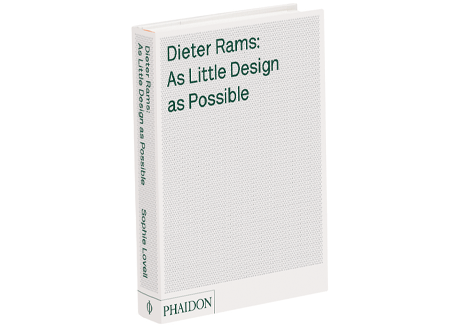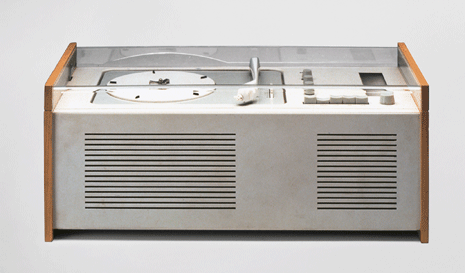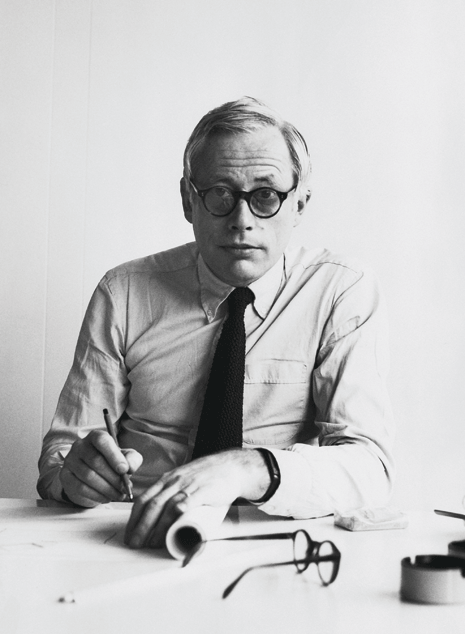
When I found out earlier in the year that Phaidon would be launching a new book on Dieter Rams in the summer, I made sure that I was on the top of the list to receive a review copy. Rams, who was head of design at Braun from 1961 to 1995, is one of my most favourite industrial designers. I love his products, which all exemplify his design ethos of ‘Less, but better’.
He is well known for his ‘Ten Principles of Good Design’, which are still as relevant to designers today as they were when he wrote them (you can read what they are in a previous comment piece I did). However, his true talent as a designer really hit home to me when I went to a retrospective of his work last year at the Design Museum in London. The various products on display, both for Braun and Vitsoe, looked so contemporary in my opinion despite being over 40 years old. From coffee makers, alarm clocks, hair dryers, calculators through to radios, audio visual equipment and electric shavers, each are beautiful objects in the way in which they are functional yet simple… as little design as possible (quoting the title of this new book).

SK 4 record player, 1956

Dieter Rams, Braun offices, circa 1975
Jonathan Ive, a huge fan of Rams’ work, has written the foreword. He writes how he was completely enchanted by the Braun MPZ 2 Citromatic juicer, which his parents had in their London home when he was growing up. “Nearly forty years on I remember my sense of it with startling clarity,” he says.
Ive, whose own products are noted for their simplicity and ease of use, admits that Rams has influenced his own work. There is a great quote from him in the foreword: “For example, the CSV 12 rotary switch could not be better, simpler, clearer, or more beautiful. It brings order and explanation to what is a far more complex problem than the user could possibly conceive. Simplicity, of course, is not the absence of complexity. Just removing clutter would result in uncomplicated but meaningless products.”
In the preface, the author Sophie Lovell explains that when she first told Rams that she wanted to write a book about his work and life, he wasn’t overly keen on the idea as he thought that enough books had already been written about him. Although he did come round to the idea, he told her “it should be an empty book that says something important.”
This would, of course, be rather difficult to achieve especially considering that Rams has designed well over 500 products. In my opinion, the book is just right: a beautifully put together monograph of Rams’ life and work. It really delves into his design process and the thinking. What I also love is the many full page images featuring sketches, technical drawings, prototypes and finished products, which are a joy to pore over.
I haven’t finished the book yet. It’s on my bedside table and I’m enjoying reading a bit of it each night. The standout quote from last night was: “Working for me does not mean so much designing in the usual sense of the term, but more contemplation, reading and talking. Design is in the first instance a thinking process.”
What a guy.
I would urge you to buy this book. It may set you back £60.00, but in my opinion it’s well worth it (I would offer you my copy once I’m done but I’ll be clinging onto it well after I’ve finished reading it).

Promotional images for the TP 1 radio and record player, Dieter Rams, 1959






